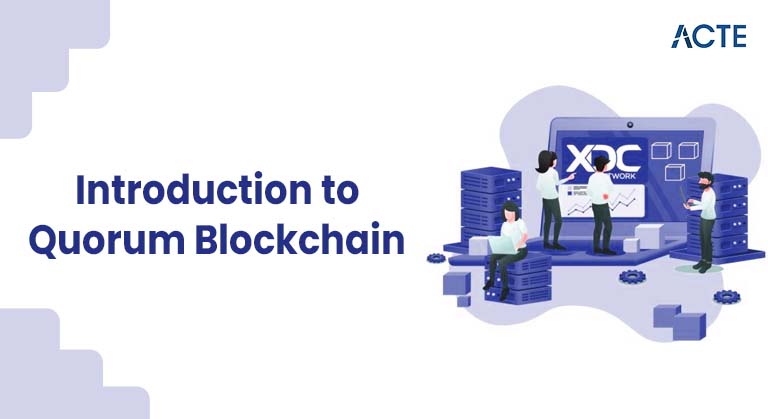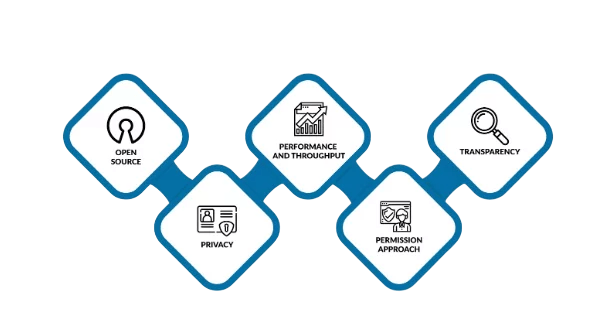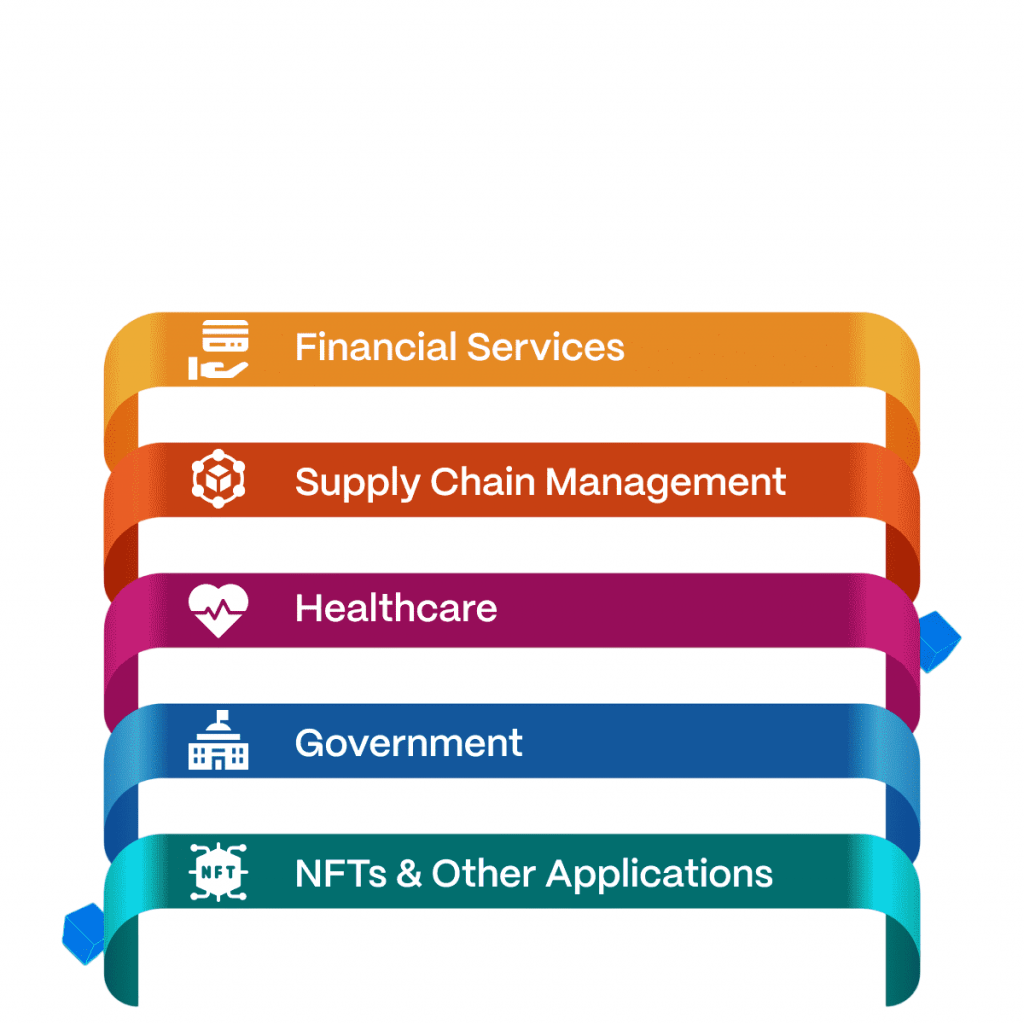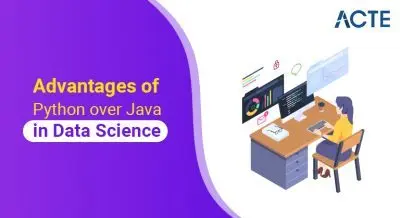
- Introduction to Quorum Blockchain
- History and Development of Quorum
- Core Features of Quorum Blockchain
- How Quorum Differs from Ethereum
- Consensus Mechanisms in Quorum
- Use Cases and Applications of Quorum
- Challenges and Limitations
- Future Prospects
- Conclusion
Introduction to Quorum Blockchain
In the evolving landscape of blockchain technology, enterprises constantly seek blockchain platforms that offer privacy, high performance, and scalability without compromising on the decentralized ethos. Quorum Blockchain is one such platform that has gained significant traction, ConsenSys especially in the finance and enterprise sectors.Quorum is an open-source blockchain protocol originally developed by JPMorgan Chase and later contributed to ConsenSys. It is built as an enterprise-focused version of Ethereum, tailored to meet the needs of businesses that require privacy, Supply Chain Management ,permissioning, and performance enhancements.In this blog, we will delve deep into Quorum, its architecture, features, use cases, and future potential. Whether you are a blockchain developer, an enterprise architect, or just curious about blockchain, this guide will help you understand the significance of Quorum.
Are You Interested in Learning More About Database? Sign Up For Our Database Online Training Today!
History and Development of Quorum
Quorum was born out of a need for a permissioned blockchain platform capable of supporting enterprise applications, particularly in banking and finance, where privacy and transaction speed are critical.JPMorgan Chase launched Quorum in 2016. They forked the Ethereum blockchain and modified it to fit an enterprise context. While Ethereum is a public blockchain,Supply Chain Management Quorum is permissioned, meaning that only authorized participants can join the network, which is crucial for regulatory compliance and business confidentiality.The development was driven by the requirement to overcome Ethereum’s limitations for enterprise use such as transaction privacy and scalability. Over time, Quorum expanded its ecosystem, Features of Quorum Blockchain, Consensus Mechanisms in Quorum integrating privacy layers and alternative consensus protocols. In 2020, JPMorgan partnered with ConsenSys to further develop and maintain Quorum, making it more accessible to the broader developer community.
Core Features of Quorum Blockchain
- Permissioned Network: Unlike public blockchains like Ethereum, Quorum restricts access to verified participants, ensuring the network remains private and secure within an organization or consortium.
- Privacy and Confidentiality: One of Quorum’s standout features is its transaction privacy model. It employs private transactions where only involved parties can see the transaction details. This is achieved through a private transaction manager called Tessera (previously Constellation), which handles encryption and secure transaction execution.
- Enhanced Performance: Quorum optimizes Ethereum’s architecture to boost throughput and reduce latency. This is critical in enterprise environments where transaction speed is a business necessity.
- Flexible Consensus Algorithms: Quorum supports multiple consensus mechanisms such as Istanbul Byzantine Fault Tolerance (IBFT) and Raft consensus, allowing enterprises to choose the best protocol based on their trust assumptions and performance needs.
- Ethereum Compatibility: Since Quorum is a fork of Ethereum, it remains compatible with the Ethereum Virtual Machine (EVM), Solidity smart contracts, and Ethereum developer tools, enabling easier adoption by developers familiar with Ethereum.
- Raft Consensus: Raft is a crash fault-tolerant protocol best suited for smaller, trusted networks. It is leader-based, where one node acts as a leader to propose new blocks, ConsenSys and others follow. Raft offers low latency and high throughput but does not tolerate malicious actors.
- Istanbul Byzantine Fault Tolerance (IBFT): IBFT is designed to handle Byzantine faults (nodes acting maliciously or failing). It provides consensus even if up to one-third of the nodes are compromised. IBFT is more robust for larger or semi-trusted consortiums where trust is distributed.
- Banking and Finance: JPMorgan uses Quorum internally for its Interbank Information Network (IIN), Features of Quorum Blockchain which streamlines cross-border payments and reduces settlement times. Other financial institutions leverage Quorum for asset tokenization, syndicated loans, ConsenSys and trade finance.
- Supply Chain Management: Quorum’s privacy and permissioning allow supply chain management participants to share sensitive data selectively, improving transparency while safeguarding proprietary information.
- Healthcare: Quorum can secure sensitive medical data, enabling permissioned sharing of patient information between trusted providers while maintaining compliance with regulations like HIPAA.
- Government and Public Sector: Governments can use Quorum for land registry, voting, and identity management, where privacy and data integrity are crucial.
- Enterprise Consortiums: Industry groups use Quorum to build shared platforms where members collaborate with privacy and control over their data and transactions.
- Complexity of Setup: Quorum networks require meticulous configuration, especially with privacy managers and consensus algorithms, which can pose a steep learning curve.
- Network Size Limitations: Consensus algorithms like Raft are not suited for large-scale, public-style networks, Features of Quorum Blockchain, limiting Quorum to relatively small or medium-sized consortiums.
- Dependency on Permissioning: Quorum’s permissioned model means centralized control for onboarding participants, which can contradict full decentralization ideals.
- Competition from Other Enterprise Blockchains: Platforms like Hyperledger Fabric, Corda, and Quorum’s own forks face strong competition, each with different trade-offs around privacy, performance, and developer experience.

To Explore Database in Depth, Check Out Our Comprehensive Database Online Training To Gain Insights From Our Experts!
How Quorum Differs from Ethereum
| Feature | Ethereum | Quorum |
|---|---|---|
| Network Type | Public and permissionless | Permissioned (private/consortium) |
| Transaction Privacy | Transparent | Supports private transactions via Tessera |
| Consensus Algorithms | Proof of Work (Eth 1.x), Proof of Stake (Eth 2.0) | Raft, IBFT (consortium-friendly) |
| Transaction Speed | Limited by public validation | High throughput, low latency |
| Data Access | Public | Restricted to authorized parties |
| Use Case Focus | Decentralized apps (dApps), tokens | Enterprise applications, financial services |
Consensus Mechanisms in Quorum
Quorum offers flexibility with its consensus protocols, unlike Ethereum’s standard Proof of Work (PoW) or Proof of Stake (PoS). Let’s look at the two primary Consensus Mechanisms in Quorum algorithms used in Quorum:
These consensus mechanisms make Quorum flexible for various enterprise needs, balancing speed and fault tolerance.
Use Cases and Applications of Quorum
Quorum is predominantly used in sectors where data privacy and transaction finality are paramount. Here are some key applications:

Challenges and Limitations
Future Prospects
Quorum continues to evolve with enhancements in scalability, privacy, and interoperability. The collaboration between JPMorgan and ConsenSys ensures that Quorum benefits from Ethereum’s innovations while focusing on enterprise needs.Emerging trends such as integration with decentralized finance (DeFi), Supply Chain Management interoperability, Features of Quorum Blockchain, Tessera and zero-knowledge proofs for enhanced privacy could further boost Quorum’s adoption.
Want to Learn About Database? Explore Our Database Interview Questions and Answers Featuring the Most Frequently Asked Questions in Job Interviews.
Conclusion
In conclusion, Quorum bridges the gap between public blockchain innovation and enterprise requirements by providing a permissioned, Consensus Mechanisms in Quorum,privacy-preserving, and high-performance blockchain platform. Its blend of Ethereum compatibility and enterprise-focused features makes it a compelling choice for businesses seeking blockchain solutions tailored to their unique challenges.





